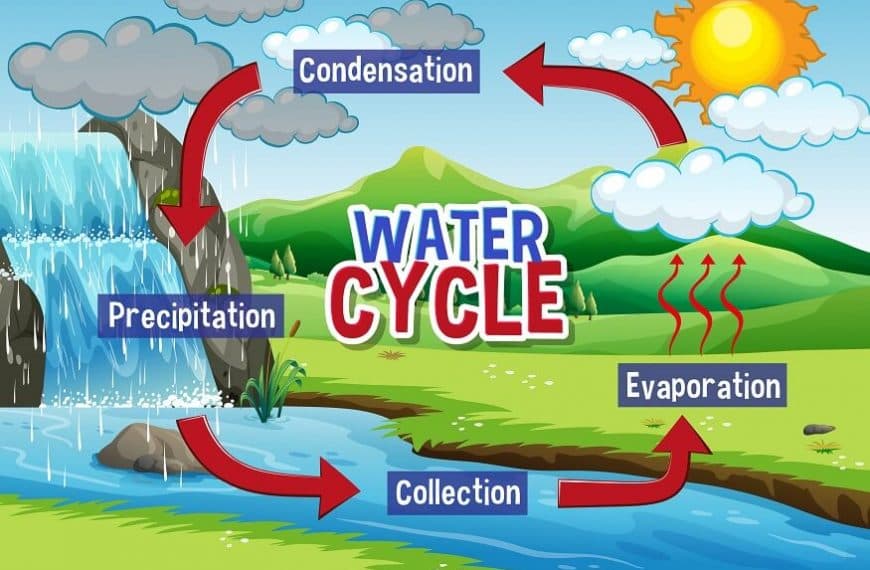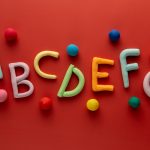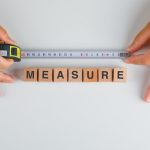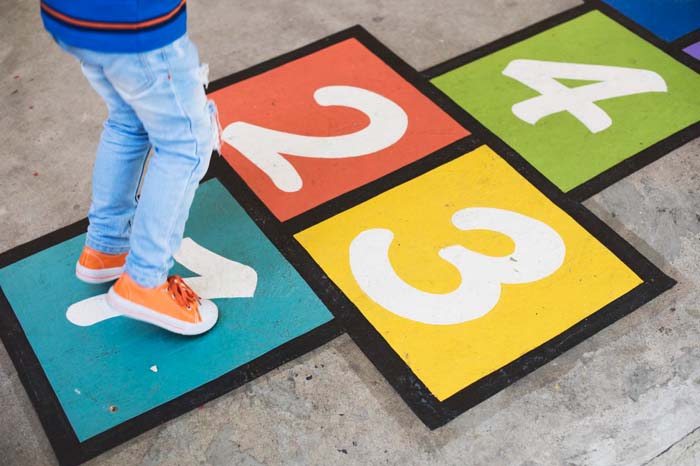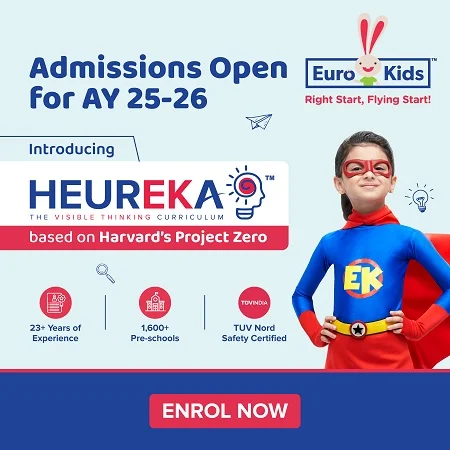The water cycle is generally introduced to children in primary school. It is introduced as a simple process of evaporation, condensation, and precipitation. But in reality, it’s much more complex. This article will discuss about the basics of the water cycle in detail, covering its meaning, different types, key processes, and fun facts.
For parents with young children, we’ve also included fun, hands-on activities to help young children learn about the water cycle in an engaging way. But first, let’s understand what a water cycle is.
What is a Water Cycle?
The water cycle is the continuous movement of water on Earth. It starts when the Sun’s heat causes water from oceans, lakes, and other water bodies to evaporate and rise into the air as water vapour. As the vapour cools, it condenses to form clouds. Over time, as more water gathers in the clouds, they become heavy, and the water falls back to Earth as rain, snow, or hail. This water then collects in rivers, lakes, and oceans, where the process begins again, repeating the cycle endlessly.
Exploring the Stages of the Water Cycle
The first step towards understanding the water cycle is to understand the steps involved in a water cycle thoroughly. Here, we will look at the water cycle steps, which can be explained to kids in a fun and engaging way for better understanding. Parents can use storytelling and colourful illustrations to teach kids about the water cycle steps.
- Step 1: Melting and Water Collection
- Step 2: Evaporation and Transpiration
- Step 3: Condensation and Cloud Formation
- Step 4: Precipitation and Water Collection
The Sun’s heat causes glaciers and snow to melt, turning them into liquid water. This melted water flows into oceans, lakes, and streams, while some of it seeps into the soil, providing groundwater and nourishing plants.
As the Sun continues to heat Earth’s surface, water from oceans, lakes, and rivers evaporates, changing into water vapour. Plants and trees also release water into the air through a process called transpiration, adding more moisture to the atmosphere.
The warm water vapour rises into the atmosphere, where cooler temperatures cause it to condense into tiny water droplets. These droplets gather to form clouds, which continue to grow as more water vapour condenses.
When the clouds become too heavy, the water falls back to Earth as precipitation in the form of rain, snow, or hail. This precipitation replenishes lakes, rivers, and groundwater, allowing the cycle to repeat itself.
When Will Your Children Learn About the Water Cycle?
The water life cycle is taught to kids in grades 3–4. To make learning easier, teachers often use colourful diagrams to illustrate each step, from evaporation to precipitation. Visual aids like these help kids grasp the process in a fun and engaging way. In the next part, we will discuss how you can aid your child’s learning journey.
Activities to Teach Your Kids About Water Cycle
To help kids easily understand the water cycle, try these fun and interactive activities:
- Create Your Own Water Life Cycle
- Cloud in a Bottle
- Rain in a Jar
- Water Life Cycle in a Bag
- Edible Water Cycle
Fill a large bowl with water and place it outside in the sun. Put an empty cup inside the bowl and cover everything with plastic wrap, securing it with a rubber band. As the water evaporates and condenses, your child can observe how the water cycle works in real-time.
Moreover, when it rains, discuss where the rain comes from and how clouds form, using key terms like evaporation, condensation, and precipitation. You can also draw around a puddle with chalk and watch how it shrinks over time, showing evaporation.
Fill a two-litre bottle one-third full with warm water and tightly cap it. Squeeze the bottle and release it, asking your child to note any changes. Then, remove the cap, light a match, blow it out, and drop it inside while it’s still warm. Quickly recap the bottle, squeeze, and release again. A small cloud will form inside, demonstrating how condensation leads to cloud formation.
Fill a clear jar with hot water about one-third of the way. Place a plate filled with ice cubes on top of the jar. After a few minutes, watch as condensation forms inside the jar and water droplets begin to fall, just like rain. This activity helps kids visualise how clouds form and release precipitation.
Take a ziplock bag and draw a simple water life cycle diagram on it using a marker (including the sun, clouds, and water). Fill the bag with a small amount of water, seal it tightly, and tape it to a sunny window. Over time, kids will see evaporation, condensation, and precipitation happening inside the bag!
Use food to explain the water life cycle! For example, you can heat water in a pot and watch the steam rise to explain evaporation. Similarly, you can hold a cool plate above the steam to see water droplets form, explaining condensation. Furthermore, you can also use cotton candy for clouds, melted chocolate for rain, or crushed ice for snow.
Interesting Facts About Water Cycle
- Water: A Magical Element in Water Cycle
- Water’s Amazing Journey
- Global Connection
- Human Impact
- Renewable Resources
Water supports ecosystems, feeds organisms, and shapes landscapes. It is also the basis of life on Earth. Due to its special qualities, it is crucial for maintaining life as we know it and sustaining the water cycle.
During the water cycle, water molecules can travel in a variety of ways. While some may only linger in the atmosphere for a brief while before falling to Earth, others may stay there for much longer before precipitating.
The water cycle is a universal phenomenon that links various parts of the planet together by means of the flow of water. The interdependence of the Earth’s ecosystems is highlighted by the fact that water that evaporates in one region of the world can contribute to precipitation in another.
The water cycle is considerably impacted by human activity. A disruption in natural processes and water scarcity in some locations can result from deforestation, urbanisation, and pollution, which can change how water passes through the cycle.
Water is a renewable resource, the freshwater we have access to is always being replenished. A sustainable future for water, however, demands effective management and conservation.
Conclusion
Water is more than just a material. It is a natural force that has the power to create life on Earth. Understanding what a water life cycle is and how it works helps understand the complex relationships between various environmental components better and become aware of their contribution to preserving Earth’s resources. Looking for ways to improve your children’s relationship with Mother nature? Check out our blog- Connecting Kids to Nature: Guru Granth Sahib’s Teachings for tips.
For information on all things related to your newborn or your toddler’s development, growth, health and nutrition, visit EuroKids Blogs, and do check out our nationally recognised preschools – EuroKids for the first step in your kid’s educational journey!





